Porthkerry Park is only a ten minute walk from my home in Barry. I go there often, usually taking a long walk in the woods before venturing off towards the meadows and the pebbled beach. There is much to attract the wondering naturalist and I always find things of natural beauty to photograph. Besides, it was a good place to test out my recently acquired mirrorless Olympus E-M1 camera. It’s a popular place, so l made an early start and avoided the onset of group gatherings so often disruptive to wildlife.

Dog Rose on old stone wall with hill leading to Porthkerry Park in distance.
Olympus E-M1 with 12-40mm f2.8 Pro. 8 Stack.
Normally it would be difficult to have the foreground rose and the background hill both in focus but the focus stacking feature of the Olympus E-M1 makes it possible to have everything in focus. Great for wide angle environmental shots.
While walking in the woods I used an Olympus E-M1 with an Olympus 12-40mm f2.8 pro lens for habitat shots, usually of the dense vegetation. The in-built Olympus focus bracketing/stacking feature is very useful, enabling incredibly detailed images with pin sharp focus throughout the whole picture plane.
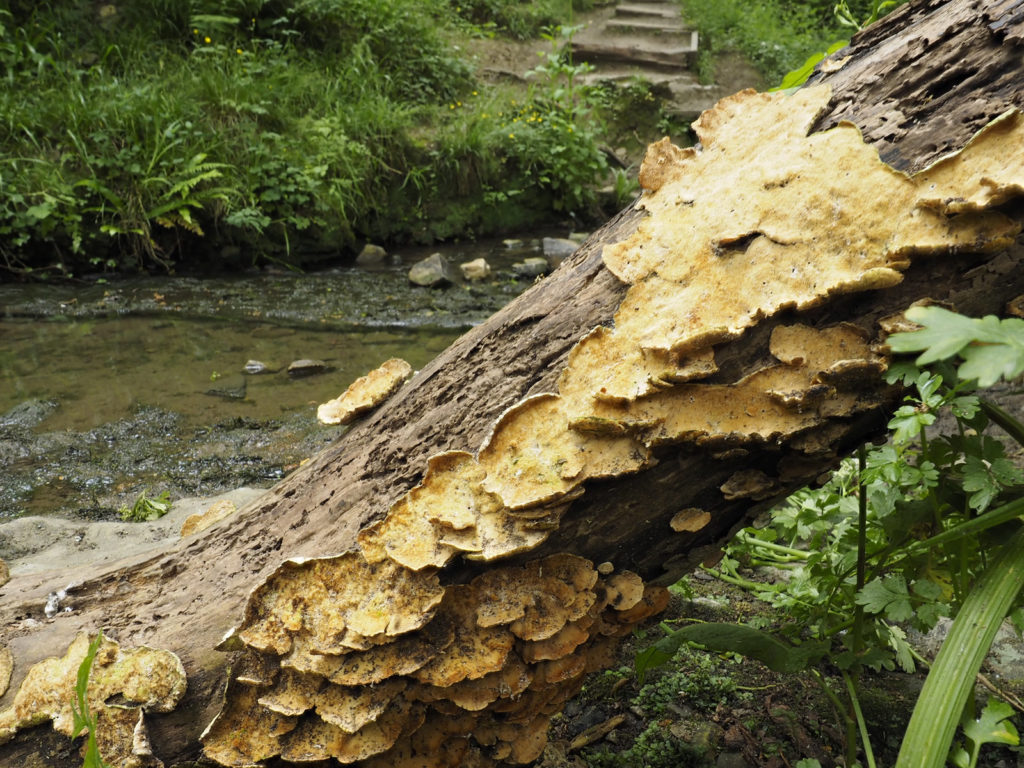
Hairy Curtain Crust (Stereum hirsutum) – 8 Stack
An example of the excellent focus stacking feature of the Olympus E-M1
Notice how the foreground fungus as well as the mid ground stream, bank and background stone steps are all clearly in focus.
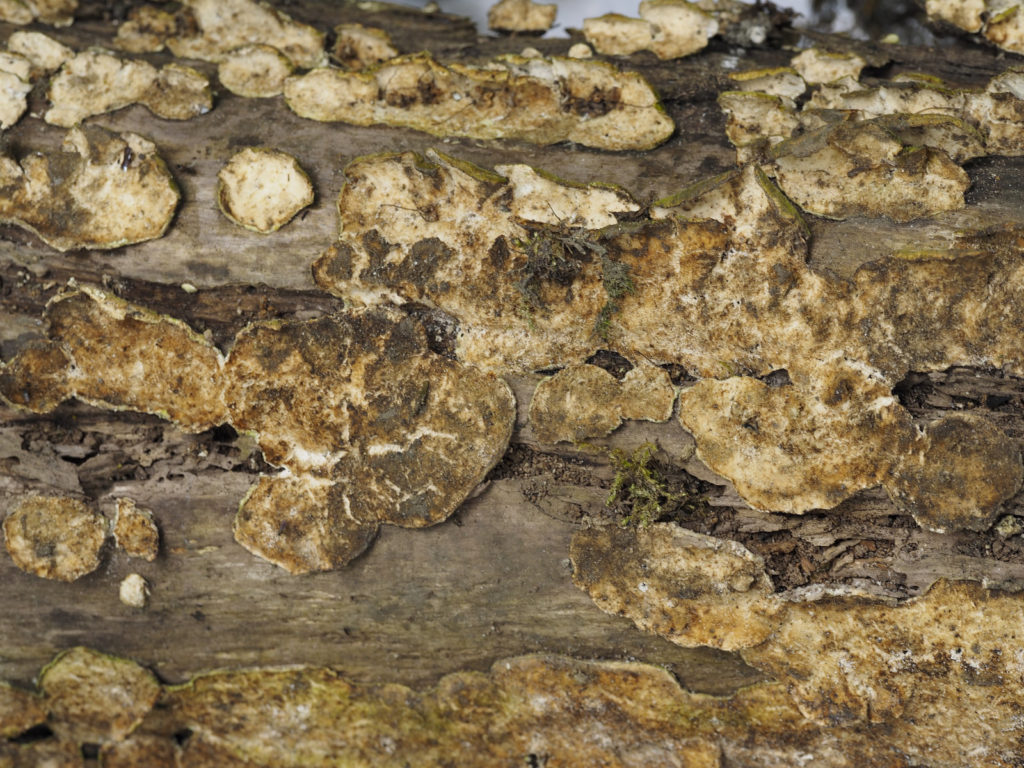
Hairy Curtain Crust (Stereum hirsutum) – detail
The Olympus 12-40mm f2.8 Pro has very good close focusing ability, being a useful alternative to a dedicated macro lens
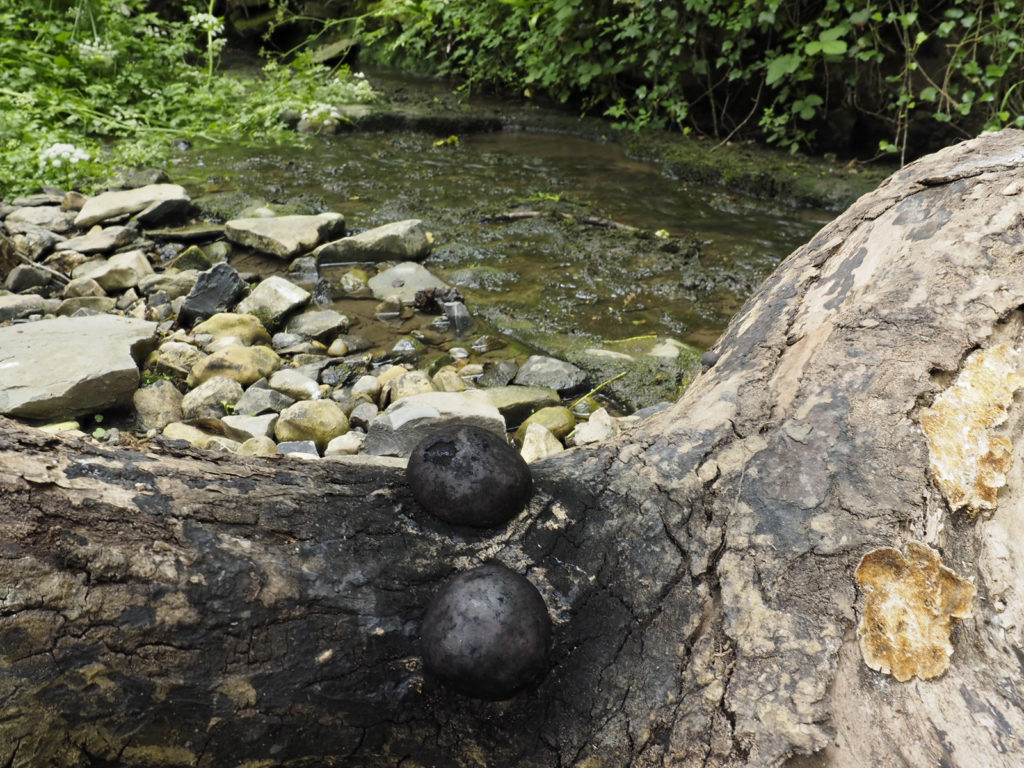
King Alfred’s Cakes (Daldinia concentrica) – 8 Stack
Normally I would shoot fungi with a macro lens in order to isolate it from a distracting background, resulting in softly diffused and out of focus background. However, sometimes it’s good to have the fungus in context by showing the surrounding environment.
For macro and close-up shots of plants or insects I used the Olympus 60mm macro. The beauty of the Olympus micro-four-thirds system is its small size and weight, with my Olympus Camera and two lenses weighing approximately 1.5 Kilos. That’s half the weight of my other camera, the Canon 80D with Canon 100-400mm MK2 lens (a whopping 3 kilos).
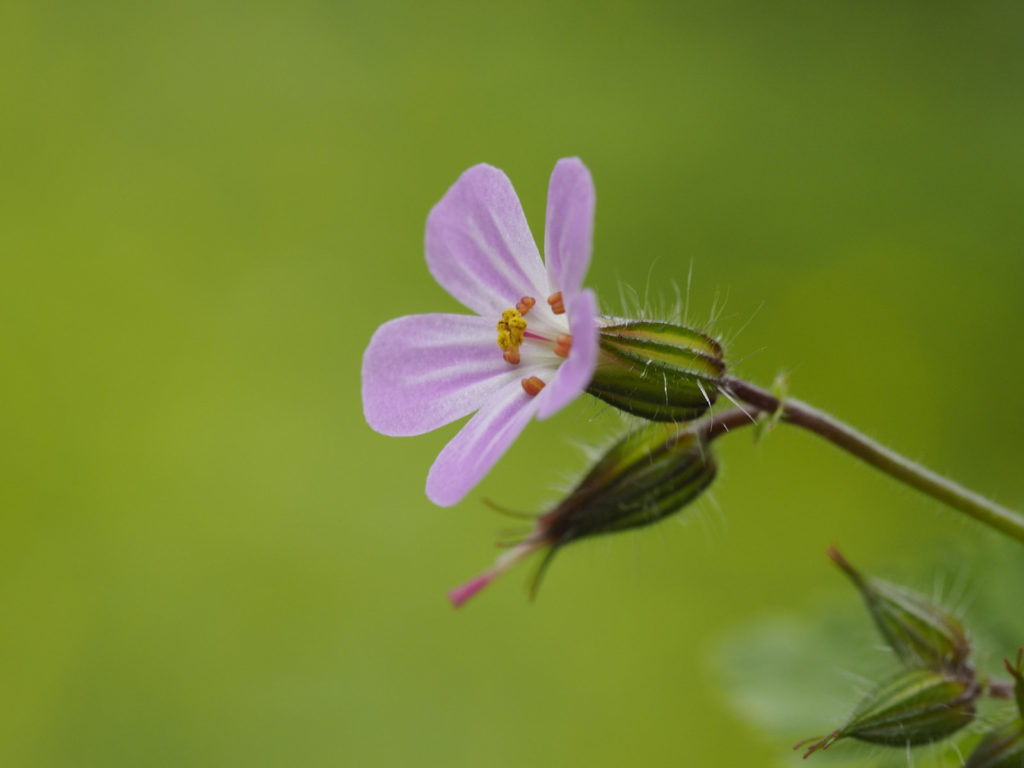
Herb Robert (top) – Germanda Speedwell – Veronica chamaedrys (below)
Olympus E-M1 and Olympus 60mm Zuiko Macro.
In contrast to the previous wide-angle environmental shots here the classic macro shot focuses on the subject and diffuses any notion of background detail.
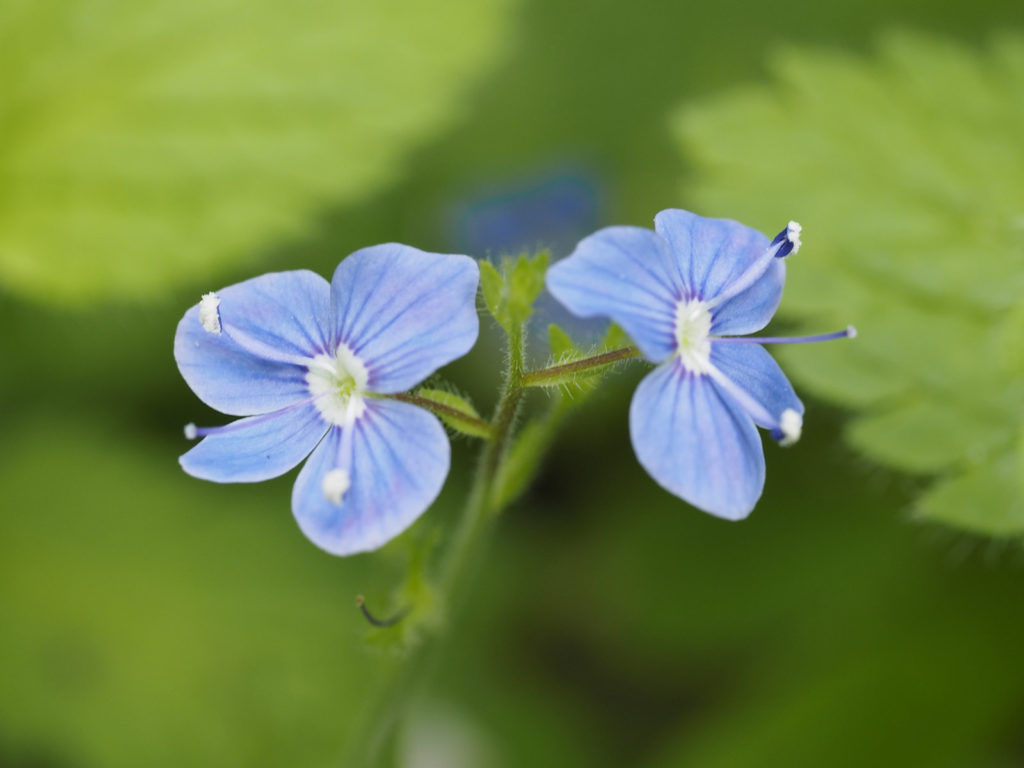
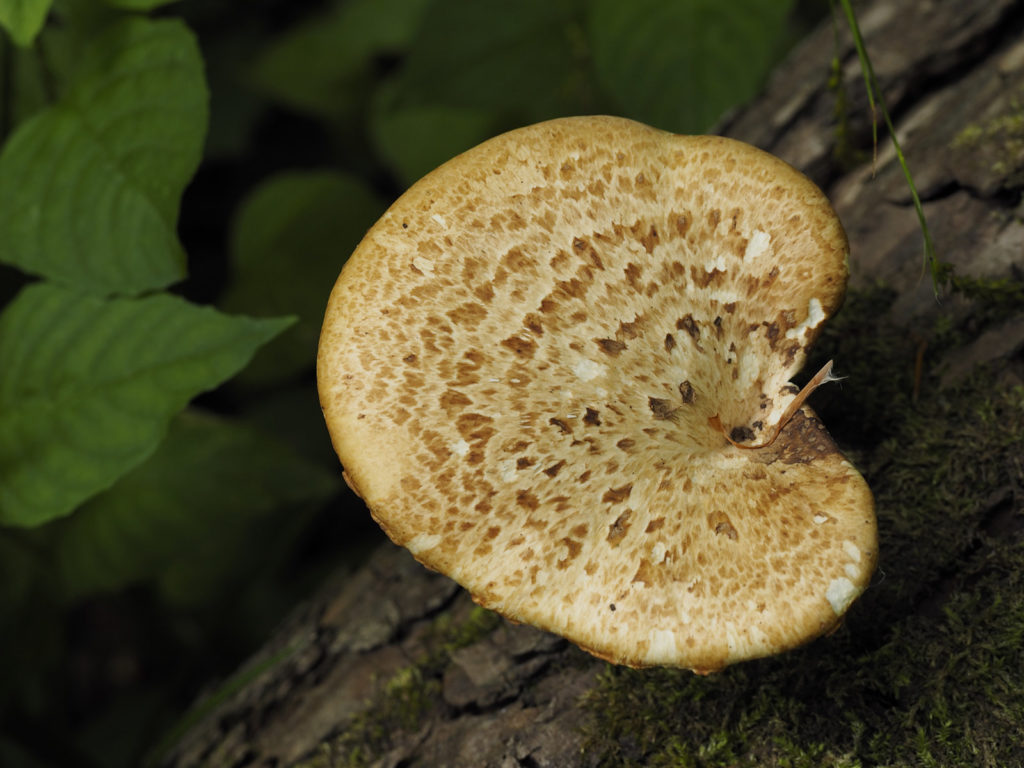
Dryad’s Saddle – Polyporus squamous (top and below)
Olympus 60mm Zuiko Macro
Some fungi such as this Dryad’s Saddle, have wonderfully lyrical and suggestive names. Dryad refers to a nymph, a fairy-like being in folklore and Greek mythology that inhabits woodland trees. The saddle shape, reminds me of a horse or bicycle saddle. So it’s a saddle belonging to a nymph, perhaps used to ride some fantastical woodland creature.
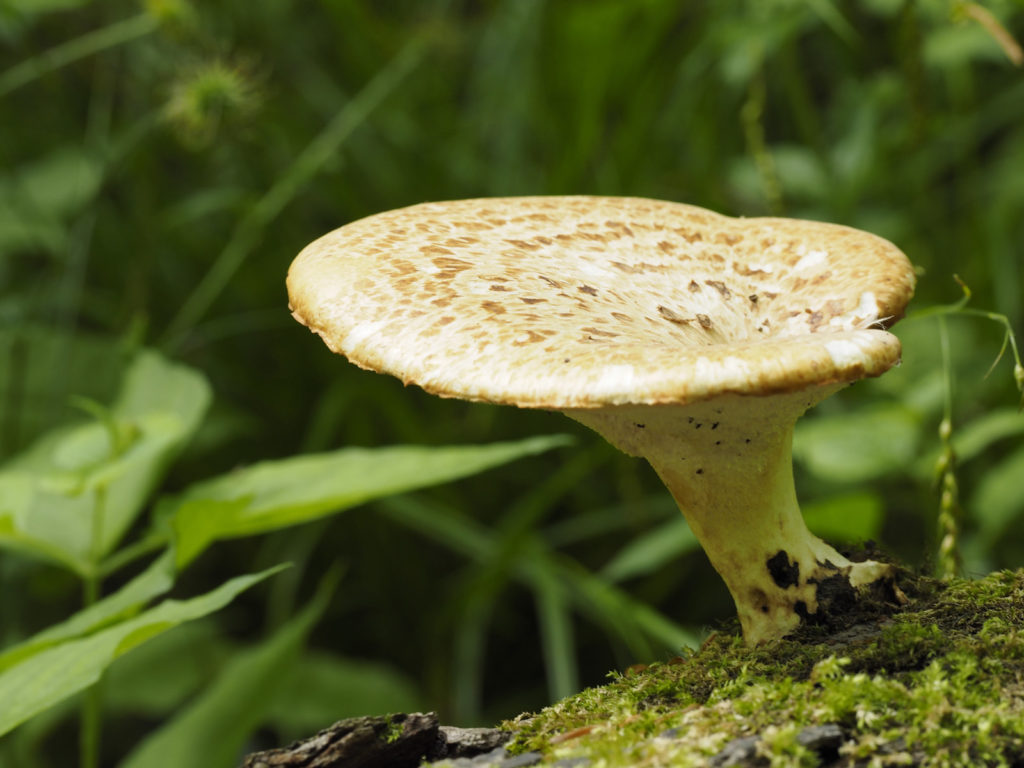
On approaching the open meadows, I switched to the Canon combo (100-400mm MK2). It’s an incredibly versatile set-up that at 400mm can focus down to three feet (36 inches); Imagine being able to shoot something that is 3 feet away, at 400mm! In fact, if you put this on a 1.6x APS-C camera like my 80D or M5, you are shooting at 640mm! That’s very impressive, and my main reason for using this lens. It’s great for large beetles, butterflies, dragonflies and for small animals, such reptiles, birds and squirrels. On my tiny mirrorless Canon M5 the lens feels too top heavy but I love the touch screen autofocus that makes this camera such a pleasure to use. While looking through the M5 viewfinder, I can simply slide my thumb around the screen and position the focus point exactly where I want it. This is more intuitive and much quicker than using any DSLR where the focus point is moved either by a joystick or by a rear control wheel. The only thing stopping me using the M5 with the 100-400mm on a regular basis is the terrible ergonomic problems caused by using a large and heavy lens on a tiny and flimsy camera. In this respect it makes more sense to stick with a DSLR and 100-400mm combo.
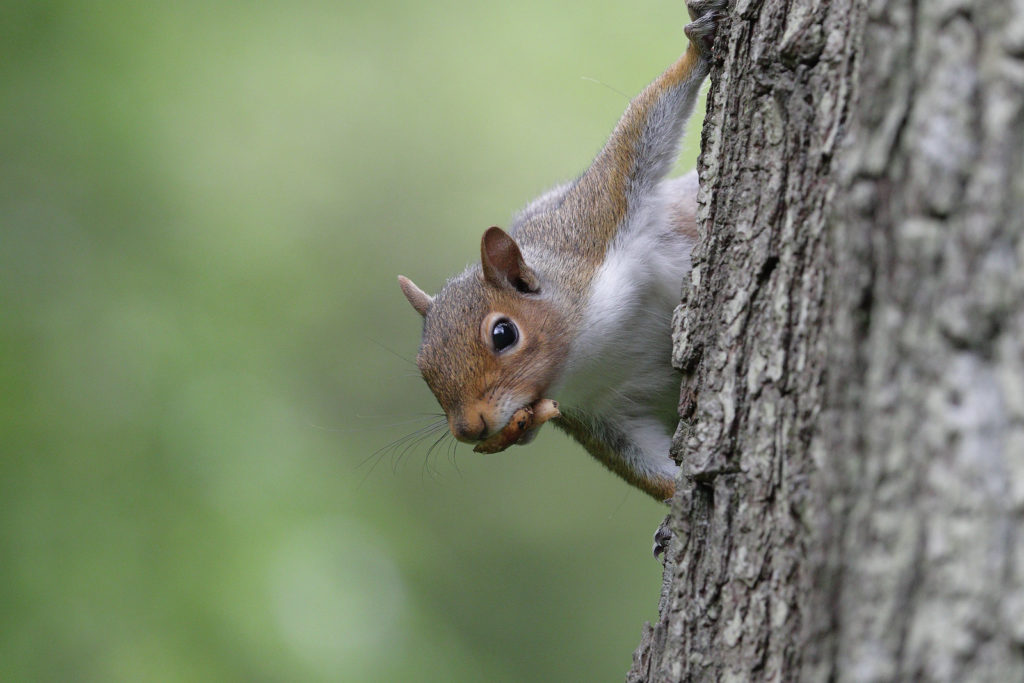
Canon EOS M5 and Canon 100-400mm IS f5.6 Mark II (top and below)
Switching to the excellent touch-screen autofocus of the Canon M5 enabled me to quickly capture this inquisitive Grey Squirrel.
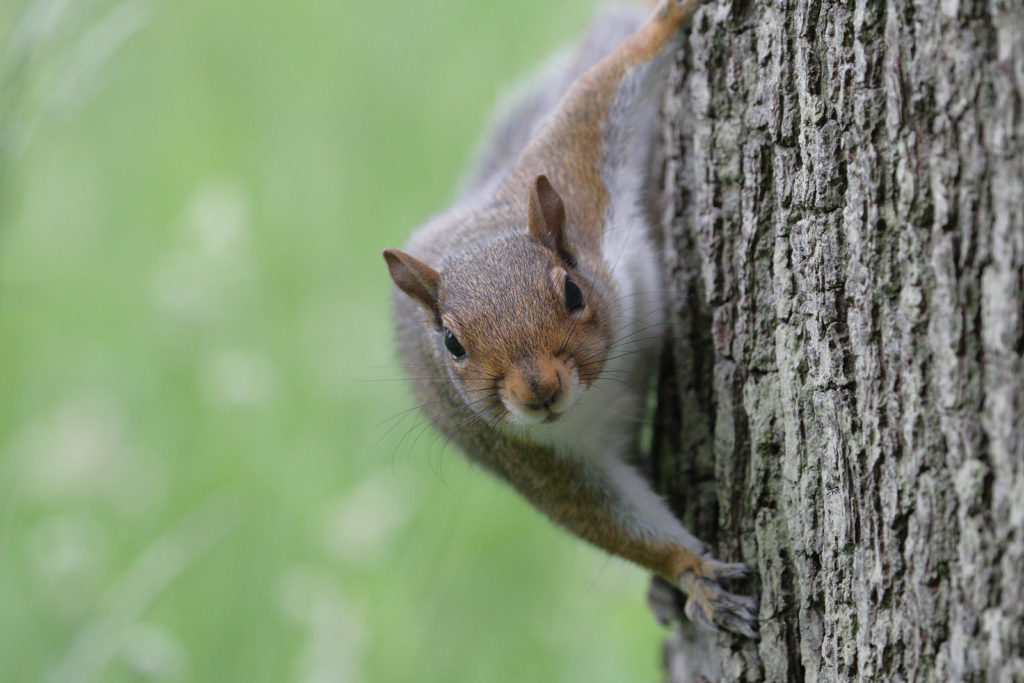
It was fantastic using my mirrorless cameras at Porthkerry Park and I now wonder why it had taken me so long to embrace a mirrorless system. However, I have no intention of ditching my Canon DSLR gear and going totally mirrorless, as many photographers seem to be doing. For me it’s not a question of ‘either or’. Instead, I prefer having the best of both worlds. I now have a compact mirrorless system ideal for my travel needs. And when I feel the need for something more physically substantial, tactile and ergonomically pleasurable, I’ll turn to my good old DSLR cameras and lenses.

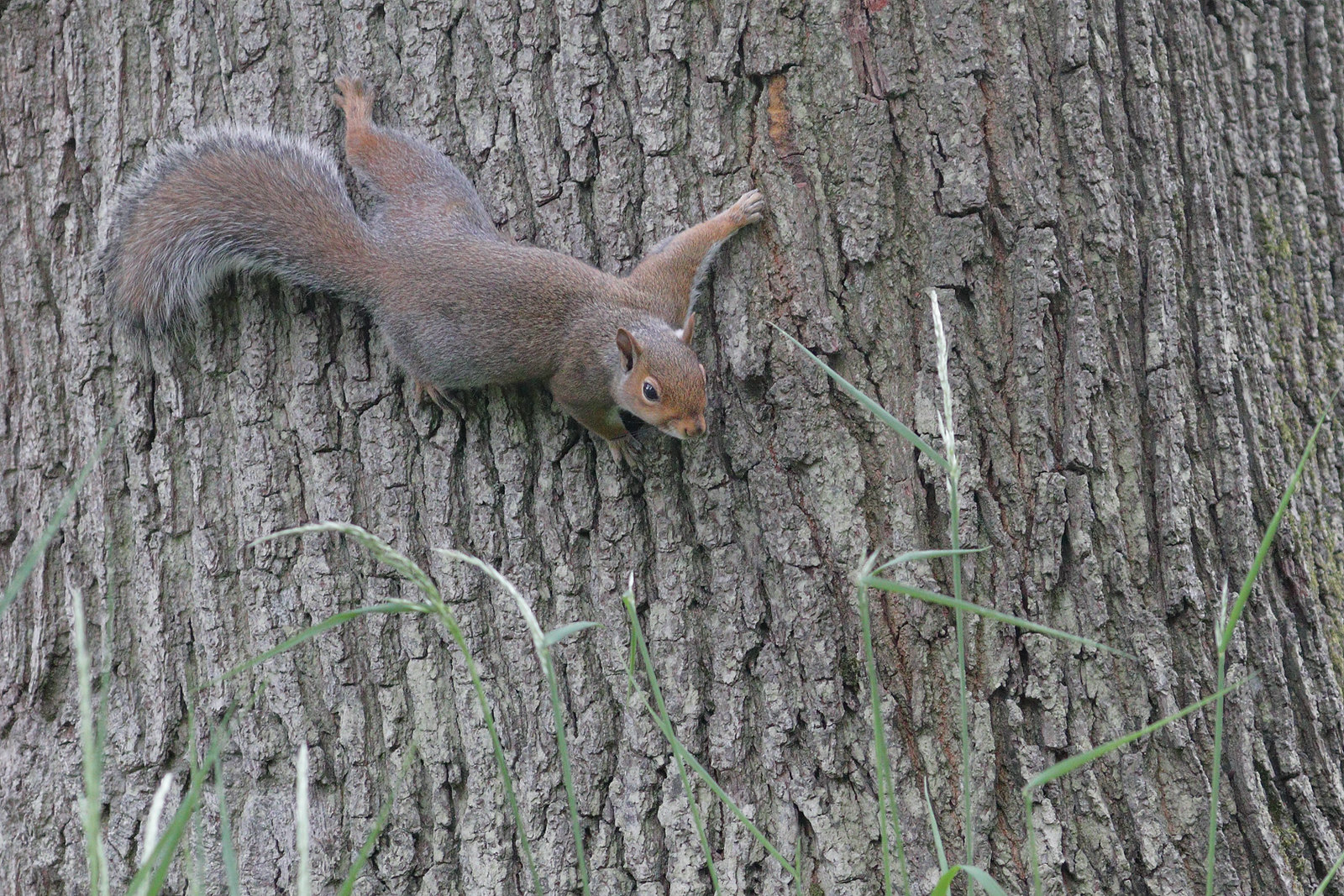
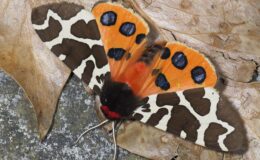
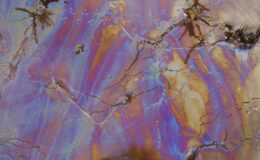
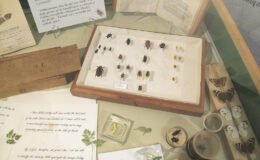
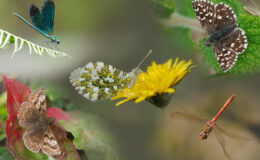
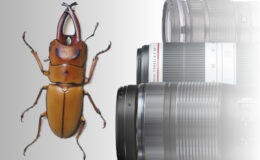
Leave a Comment